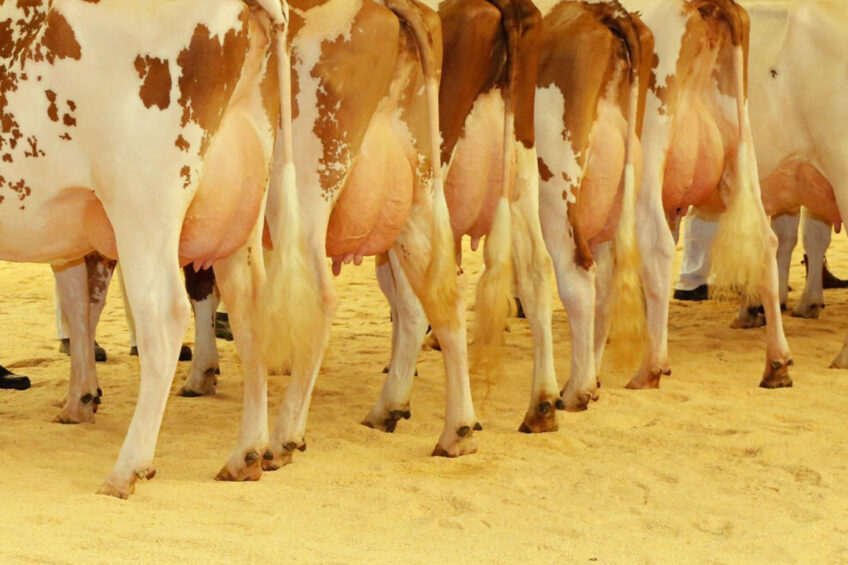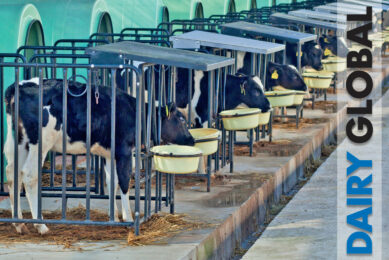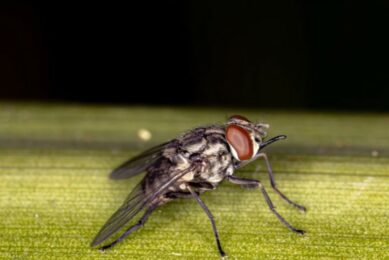Economics of mastitis control in dairy cows

Several control programmes have been proposed for handling mastitis in dairy cows. However, the focus here is on the economic approaches that help resolve or at least mitigate this problem.
Mastitis is one of the most prevalent and costly diseases of dairy cows worldwide. The economic losses associated with mastitis stem mainly from decreased milk production and quality, increased labour and treatment costs, with a greater risk of culling and death of cows.
Production and economic losses
Milk production
Milk production does not only decrease during the case itself but stays lower even after the mastitis case is cured. When milk production per cow is decreased by mastitis, less milk will be delivered to the factory, and the net return of the farm will decrease.
The economic damage of lower milk production per cow depends on the structure of the farming business and whether milk payment systems are based on kgs of fluid milk or based on milk constituents such as fat and protein. In some farm situations, milk production of the cows can be increased by the application of a better (more expensive) feeding regime. Additional costs, however, are associated with this system, and the resulting higher milk production per cow can lead to health disorders such as ketosis, milk fever, acidosis, etc.
Mastitis also influences the quality of milk. Some of these changes cause less efficient processing of milk and might result in products with unfavourable properties, such as an unstable and rancid taste of milk, a lower cheese yield, and a decreased shelf life. The only changes in milk quality that have a direct effect are the ones influencing the milk payment system, such as bulk milk somatic cell count (BMSCC). In addition, most milk payment schemes test for antibiotic residues. With the use of antibiotics in the treatment of mastitis, the financial consequences of antibiotic residues in the milk can be considerable.
Treatment costs
In one study, the treatment costs were about US$43 per case, which were distributed as US$14 (IMM antibiotics), US$9 (systemic antibiotics), US$5 (supportive drugs), US$8 (farm labour), and US$7 (veterinary services). The costs may, however, vary greatly among farms, indicating that treatment decisions can have strong economic consequences.
Culling
Cows with mastitis have a higher risk of being culled. When a cow is culled, direct costs are the costs of rearing or buying a replacement animal (mostly heifers). Indirect costs are decreased efficiency of milk production by the replacement animal since the milk yield of multiparous cows is higher than that of primiparous cows. There are, of course, some returns of culling a cow, but such returns may differ over time, depending on milk production, parity, lactation stage, and reproductive status.
Labour
From an economic point of view, the costs of labour are difficult to interpret. Opportunity costs of labour may differ from farm to farm. If the labour is external, then the cost of labour for the time that has been used to prevent mastitis is quite easy to calculate (hours x hourly wage). If the labour comes from the farmer’s free time, the opportunity costs are zero. However, if, because of mastitis, the farmer spends less time on other management tasks, the opportunity costs are the decrease in income due to skipping these tasks.
Economic approaches to control mastitis
Because mastitis is an insidious disease, control programmes must be made in an economic framework to achieve producer interest and production targets.
Drug therapy
For the economical use of a drug, the following points should be considered:
· Treating all quarters of all cows is the best and safest way to minimise mastitis, but the benefit of treating cows in this way is only slightly greater than the cost of treatment. When treating only certain cows with a tendency to mastitis based on certain criteria, the benefit will be much greater than the costs. However, further research needs to be done to determine if there are consistent selection criteria that farmers can use to treat these cows without increasing the risk of a general flare-up of mastitis throughout the herd.
· Infections caused by gram-positive organisms should be treated using a relatively narrow-spectrum antimicrobial, while broad-spectrum products should be reserved for cases that will not respond to narrow-spectrum compounds. In either case, the control system should be effective against all major pathogens. A system based on the control of a single pathogen cannot be supported economically.
· An antimicrobial drug should be effective against the disease-causing pathogen based on clinical signs, history, necropsy examination, laboratory data, and clinical experience. Also, the regimens for antimicrobial use should be optimised using current pharmacological and microbiological information and principles.
· Label instructions for dose, route of administration, and frequency should be strictly followed.
· The duration of mastitis treatment should be as short as possible to reduce the unnecessary use of antimicrobials and minimise economic losses. In one study, the use of extended durations increased costs from US$14 to US$87 per case as compared to label usage.
Nutrition
Cows properly fed will make more milk when on a mastitis control programme than when on a poor level of nutrition. A dairyman’s net income will not be increased by instituting only a mastitis control programme if he continues to underfeed his cows. Mastitis control will help all dairymen, but an increase in income from the programme is a function of the level of infection as well as the feeding and management programmes.
Housing and sanitation
Housing and sanitation are the most important farm conditions that may cause an increased occurrence of mastitis. Whether cows are in a free stall, stanchion, or tie-stall barn does not matter. What matters is the size, bedding, and cleanliness of the stall.
Many dairymen believe, erroneously, that free stalls are maintenance and labour free. Many cow stalls and lounging areas are prime breeding grounds for mastitis-causing organisms. Cows lie in these unsanitary areas and organisms penetrate the teat end and cause mastitis. No teat dipping programme will solve a mastitis problem when cows are housed in unsanitary conditions.
References are available from the author upon request.
Join 13,000+ subscribers
Subscribe to our newsletter to stay updated about all the need-to-know content in the dairy sector, two times a week.










